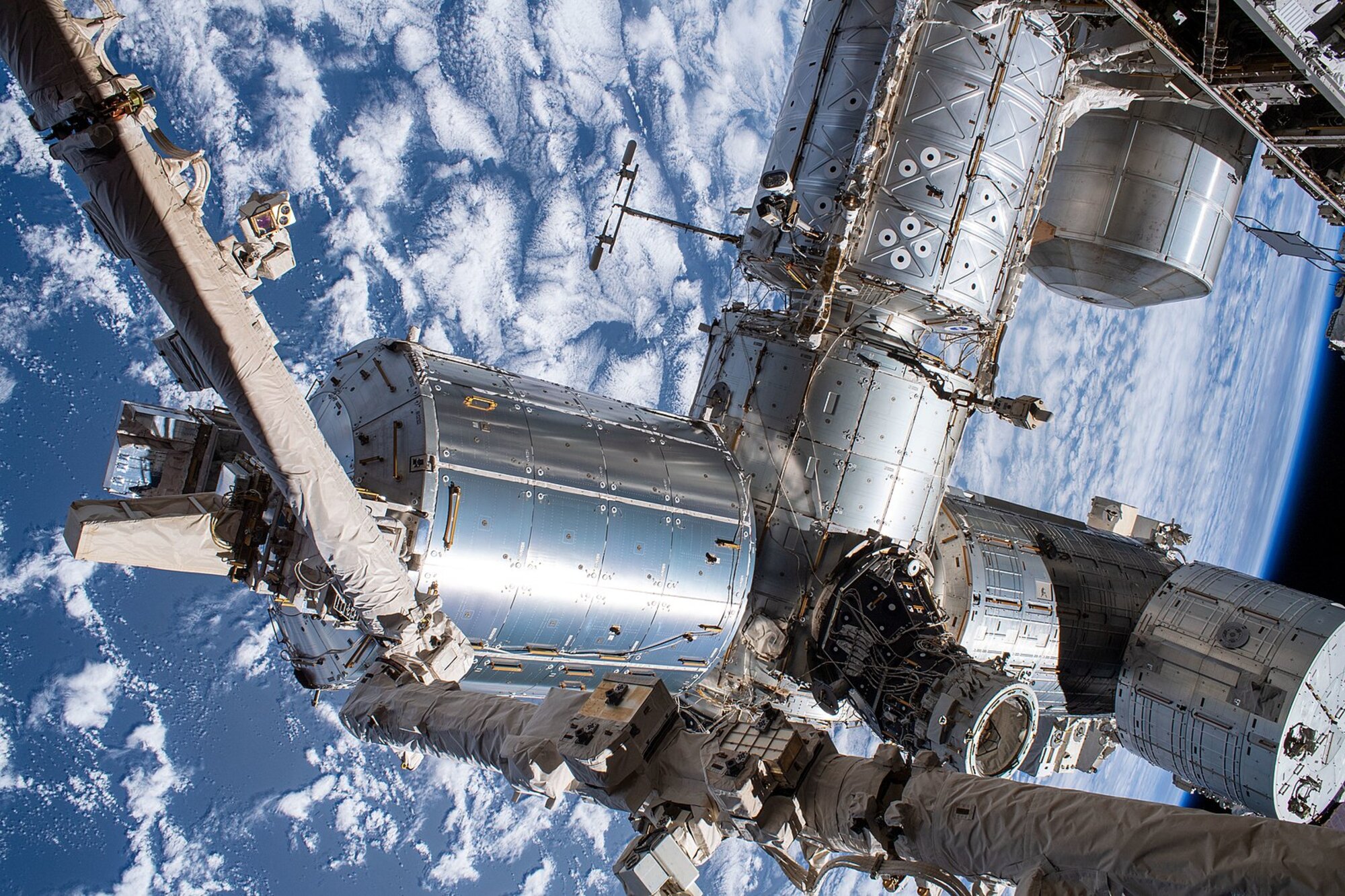
Dubrov photographed the condition of the Nauka multipurpose laboratory module following the Prichal module’s docking on Friday. The station’s two cosmonauts, Flight Engineer Pyotr Dubrov and Commander Anton Shkaplerov, spent their day on a variety of space research and maintenance tasks in the orbiting lab’s Russian segment. on the agency’s website, and the NASA app.
#International space station 2021 tv
NASA TV begins its live coverage on Tuesday at 5:30 a.m. Maurer will be at the controls of the Canadarm2 robotic arm assisting the spacewalkers at the Port-1 truss structure worksite. The three astronauts then joined NASA astronaut Mark Vande Hei and ESA (European Space Agency) astronaut Matthias Maurer for a procedures conference with spacewalk specialists on the ground.Ĭhari and Vande Hei will be on duty throughout Tuesday monitoring the two astronauts during the spacewalk and helping them in and out of their spacesuits. NASA astronaut Raja Chari partnered with Marshburn and Barron gathering and organizing tethers, cameras, and pistol grip tools. The duo was joined on Monday by three of their fellow Expedition 66 flight engineers collecting tools and reviewing procedures planned for the six-and-a-half-hour spacewalk. EST signifying the start of their spacewalk. Flight Engineers Thomas Marshburn and Kayla Barron will exit the orbiting lab tomorrow after setting their U.S.

Two NASA astronauts are preparing for a spacewalk on Tuesday to replace a faulty antenna system on the International Space Station. View the latest photographs of the orbiting lab here. To learn more about this orbiting microgravity laboratory that’s had a continuous human presence for the past 20 years, check out the STEM on Station website.The space station was pictured from the SpaceX Crew Dragon Endeavour during its departure on Nov. Remember to wave hello to the astronauts onboard! It’s more fun, and the first person to spot the station can alert everyone else where to look. The unaided eye, including the new Chinese space station-but it’s not as brightĪs the ISS and it’s not making a visible pass at the same time on July 12.įinal tip: Take someone with you to watch for the International Space Station. There are lots of other things orbiting Earth that you can see with The space station, by the way, is traveling at more than 17,000 miles per hour. People do often tell us the space station moves across the sky faster than they were expecting, but it won’t appear to move nearly as fast as a meteor (“shooting star”), which streaks across the sky very quickly. The space station will not have red, green, or flashing lights.

That you’re seeing the International Space Station, but here are a few thingsĪirplane. Times for your location, just walk outside and look for a very bright “star” that is obviously moving. You don’t need to go to a dark-sky location to see it. The space station is roughly the length of an Americanįootball field, and when it reflects sunlight to your eyes, it looks bright. At that point the space station will look

To the top of the sky), in the southeast. Much easier to notice closer to ~10:19 p.m., when it reaches its maximum heightĪbove the horizon (which will be roughly two-thirds of the way from the horizon Spot close to the horizon, when it appears to be less bright and to move more Those watching from or near Chapel Hill, North Carolina:įor the space station to pass across the sky from southwest to northeast, overħ minutes, from 10:15 to 10:22 p.m. can see this particular pass of the space station if the weather cooperates. Check NASA’s Spot the Station website to get the details for your location.The space station orbits Earth every 90 minutes at anĪltitude of about 250 miles, which is wayĪbove any clouds. (Credit: NASA)Ģ) That same evening (Monday, July 12), the space station will fly over North NASA astronauts Shane Kimbrough and Megan McArthur will answer questions from schoolkids in North Carolina on Monday morning, July 12, 2021.


 0 kommentar(er)
0 kommentar(er)
